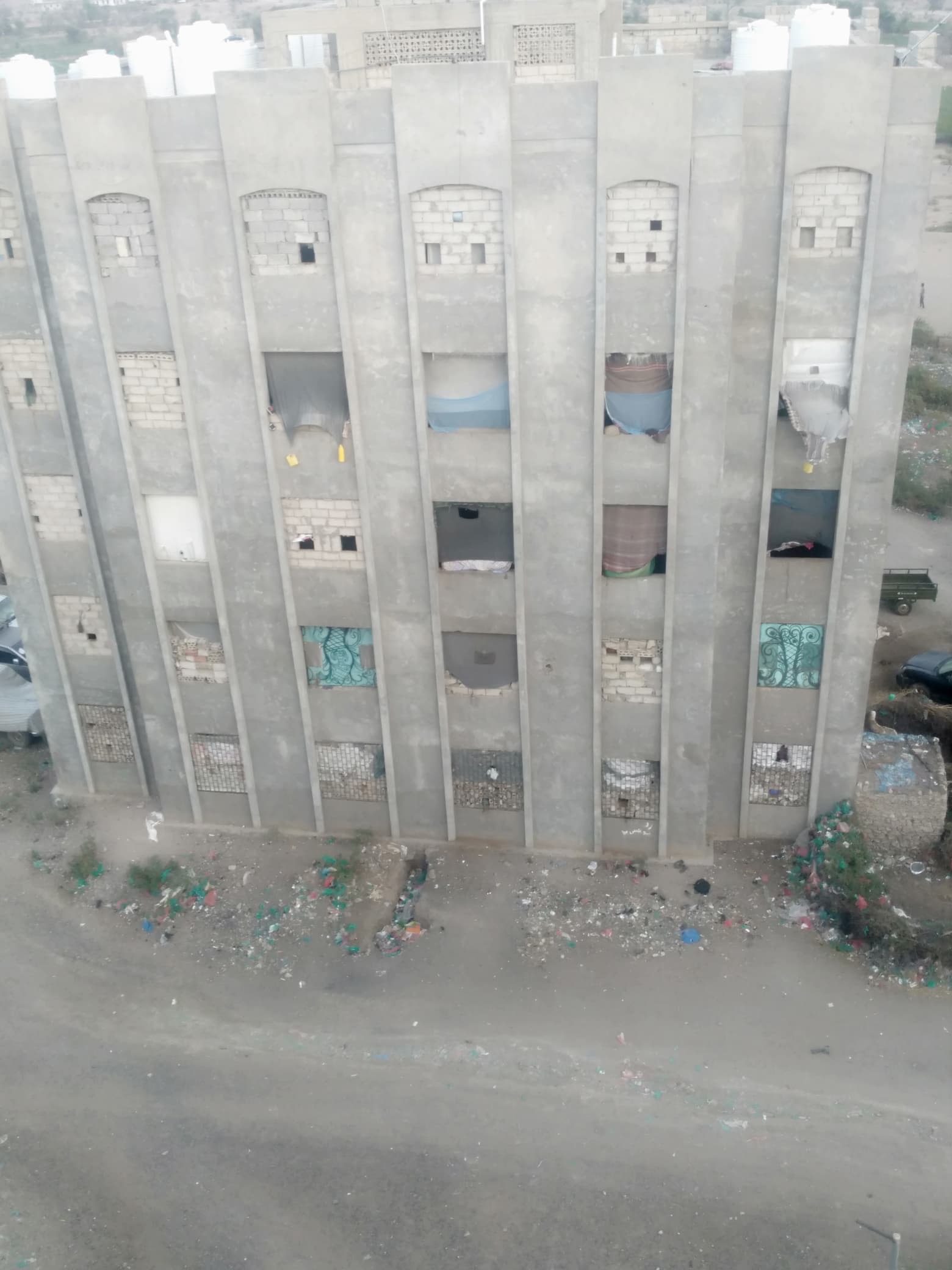
Barran Press
In the war-ravaged landscape of Yemen, thousands of displaced children are confronting a grim reality, forced into child labor or even military recruitment as humanitarian aid dwindles. A "Bran Press" investigation into the makeshift Sanah camp in Al-Dhale governorate reveals a profound humanitarian crisis unfolding within unfinished concrete structures.
Fifteen-year-old Ali Abdullah's day begins not with schoolbooks, but with grueling work on qat farms, a stark symbol of the choices many children now face. Ali, whose family fled conflict zones in Maris district, is among hundreds sheltering in abandoned, multi-story government buildings that lack basic living standards.
Mohammed Al-Salahi, a reports official for displaced camps in Al-Dhale, told "Bran Press" these structures, part of an unfinished residential project, have become a last resort for families escaping the protracted conflict.
The situation has worsened dramatically since aid organizations ceased support last year. This forced Ali to abandon his education to provide for his family, a fate now shared by his 13-year-old brother. "I wish we could go back to studying, and not get lost amidst the qat tree," Ali lamented.
From Classrooms to Conflict
Ali's story is echoed by others like "Saleh" (17, pseudonym), who, after fleeing Houthi-controlled territory, joined the military to secure his family's livelihood. "If I were in my village, I would be studying," Saleh told "Bran Press," highlighting the devastating impact of war and displacement on education and futures.
These unfinished buildings pose severe health and safety risks. Cases of children falling from open windows and unsecured balconies are not uncommon, as tragically demonstrated by 8-year-old Abdulfattah, who miraculously survived a five-story fall with severe injuries. His mother noted that despite some remedial efforts by NGOs, dangers persist from open windows, rooftops, and sewage pits.
The camp environment is further compounded by a lack of proper sanitation. Open sewage pits surround the buildings, creating a breeding ground for disease. Dr. Mohammed Al-Humaidi, a pediatrician at Al-Taawun Hospital, confirmed a high incidence of fevers, skin diseases, and diarrhea among the displaced, directly attributing it to the unsanitary conditions. He warned of particular threats to children, the elderly, and pregnant women.
Dwindling Aid, Mounting Despair
Nashwan Al-Harrani, a representative for the displaced in the Sanah buildings, stated that nearly 400 families residing there face severe shortages of water and food. He confirmed a sharp deterioration in living conditions since humanitarian aid ceased two years ago, following reduced international donor funding after the April 2022 humanitarian truce.
Al-Harrani highlighted that the lack of interventions has directly impacted children's futures, pushing many into early labor or, increasingly, military service, as the only viable option for survival.
Al-Salahi noted that the influx of displaced individuals into Al-Dhale surged after the Houthi invasion in 2015 and subsequent clashes. The governorate now hosts over 9,000 displaced families, totaling more than 63,000 individuals, spread across 30 main camps and over 230 host communities. Local authorities, he added, lack the resources to provide direct relief, limiting their role to assessing needs and facilitating international aid efforts.
The former displaced representative for Sanah, Saleh Al-Oudi, confirmed the two-year halt in humanitarian interventions, which had previously provided essential supplies. This cessation has led to approximately 300 children, out of 2,000 displaced in the buildings, dropping out of school. Some have entered the workforce, while others have been drawn into military activities, in the absence of any protective or psychosocial support programs.





